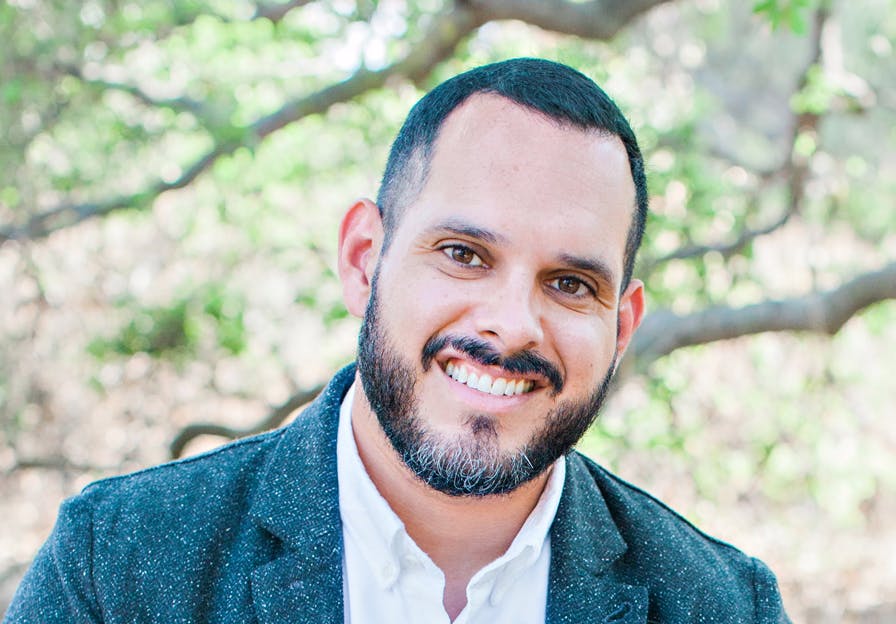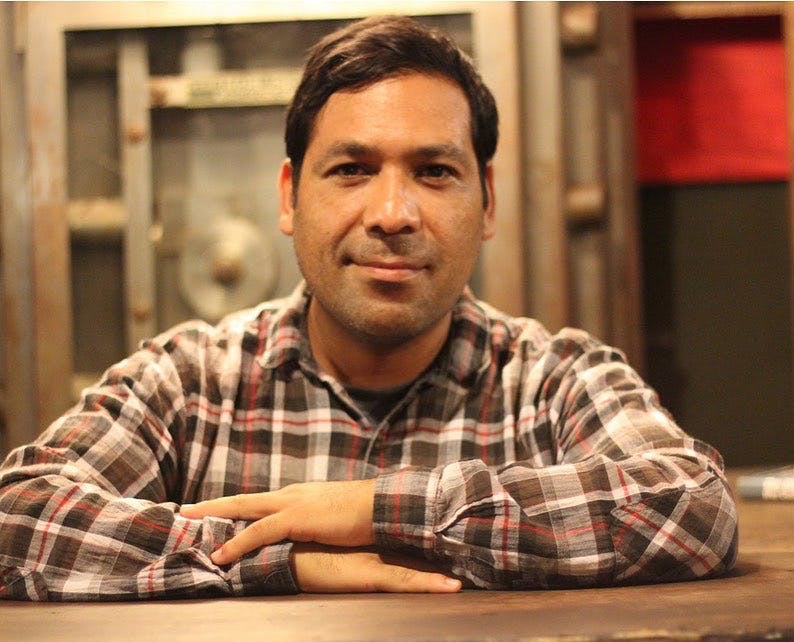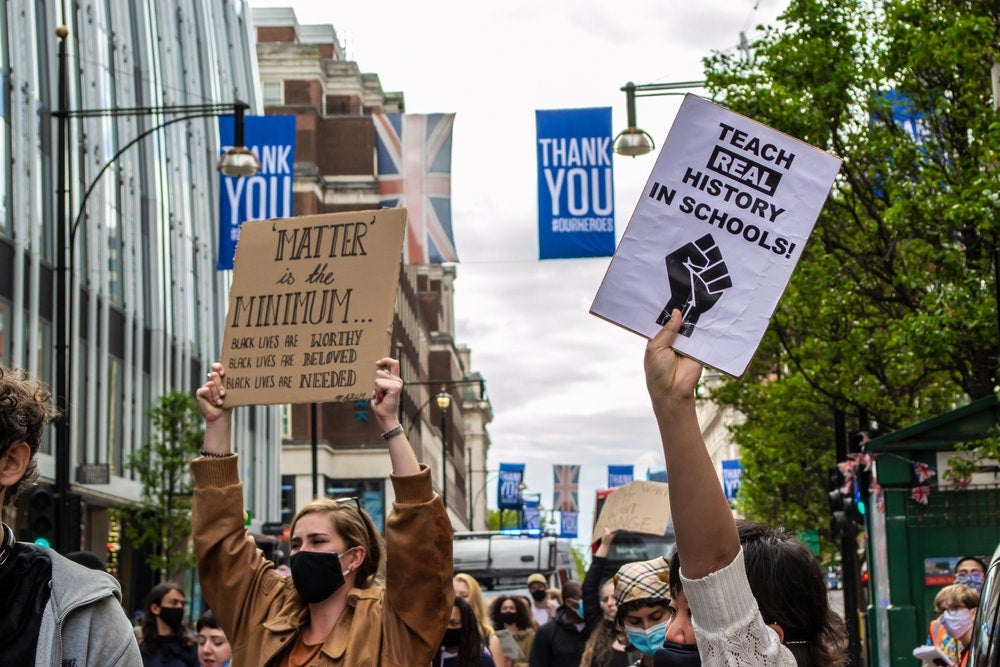During Black History Month, the UCLA History-Geography Project has developed resources for educators to use in engaging students in an exploration of Black lives, culture and issues that have shaped our community and history. The resources, which include links to primary resources, videos and other information materials, have been cultivated by teachers and other educators and shared via the Project’s Facebook Site.

“We are really proud and excited to be able to offer these lessons and hope it provides teachers and others with some smart, creative resources to engage their students in ways that further understanding of Black experiences, resistance, resilience, and joy,” said Daniel Diaz, director of the UCLA History and Geography Project at the UCLA School of Education and Information Studies.
The UCLA History- Geography project kicked off Black History Month with a link to the Black Lives Matter at School – Week of Action website. The site includes information on the 13 principles – such as restorative justice and a focus on Black Families and Black women, that guide the Black Lives Matter movement. The site includes 2021 updates to curriculum, lesson plans and classroom resources for students of all ages.
Another resource published by the UCLA History Geography Project is a lesson written by Los Angeles Unified School District history and ethnic studies teacher Daniel Garcia exploring African American life in South Central Los Angeles during the decades of the 1920s, 30s and 40s. The materials include a mix of secondary and primary sources and are connected to KCET’s “Lost LA” episode titled, “Coded Geographies.”
Miguel Covarrubias, a teacher at Rámon C. Cortines School of Visual and Performing Arts, has also contributed a lesson on Black life highlighting primary sources from the ONE Archives. Pondering questions such as, “What do blues songs of the 1920s and 1930s tell us about women’s sexuality?” the lesson explores the lyrics of songs by blues singers like Bessie Smith and Ma Rainey and includes a supplemental reading by Angela Davis. The lesson is aligned to the FAIR Act, the California History-Social Science Framework, the Content Standards, and the 13 Principles.

History and ethnic studies teacher Sara Quezada has also put together a mini lesson examining Black mobility and resistance during the era of Jim Crow segregation. Part of KCET’s Lost LA Curriculum Project, the lesson uses sources and stories from “Coded Geographies” to explore questions such as how African Americans adapted to the challenges of traveling within the United States over time. The mini-unit is aligned to the Common Core for history-social science, the content standards, and the History-Social Science Framework.
“These are great resources to use not only during Black History month, but should also be incorporated throughout the year in order to center Black history and provide students with a more rich and nuanced understanding of American history,” Diaz concludes.
Visit these links to access these resources:
UCLA History-Geography Project on Facebook
Black Lives Matter at School – Week of Action
KCET’s “Coded Geographies – South Central Civic Action” – Daniel Garcia, LAUSD
ONE Archives – Lesbian Blues Singers – Miguel Covarrubias
